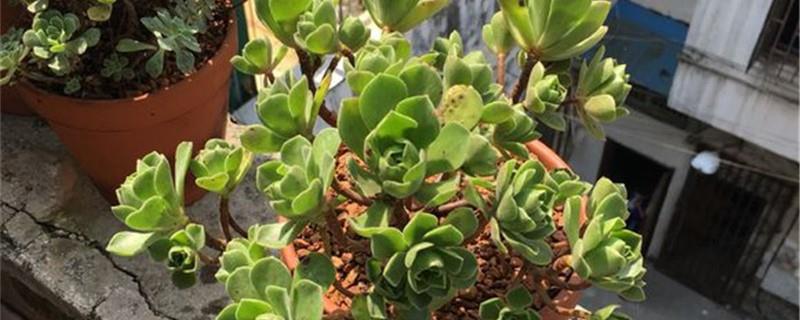Breeding methods and precautions for ice velvet palm
Last Update :2024.04.26
Article Catalog
Watering: Ice Velvet Palm is quite drought-tolerant. It is necessary to create a slightly drier environment for maintenance. Frequent watering will easily lead to death. Light: The sunshine in spring and autumn is the most suitable for its growth. In summer, as long as it is not exposed to direct sunlight, it must have sufficient light at other times. Pot soil: You can buy special soil for succulents with good looseness, or you can mix it with peat soil, perlite, and vermiculite. Temperature: It likes warmth, and the temperature should not be lower than minus 3℃ in winter.

1. Watering
1. Watering
Ice velvet palm is also a kind of lazy plant. It is quite drought-tolerant. If you want to achieve higher ornamental value, you need to create a slightly drier place. environment of. Frequent watering will make it easy to hang, so there should be no accumulation of water in the soil.
2. Light
The warm spring and autumn seasons are its favorite. It can be said that except for the high temperature above 30 degrees in summer, it must be given sufficient light in other seasons. If it adapts to the open air environment, the velvet palm raised in the open air will be stronger.
3. Potting soil
The potting soil should be loose, breathable and water-permeable succulent soil. Novices do not need to prepare it themselves. If you want to mix soil, you usually use peat soil + perlite + vermiculite in a ratio of 5:2:3. You can also use coconut bran instead of peat soil.
4. Temperature
The Ice Velvet Palm prefers a warm, dry and sunny environment. It is drought tolerant and can tolerate temperatures as low as minus 3 degrees Celsius and keep the pot soil dry. The leaves will droop slightly at minus 3 degrees Celsius, but will return to standing upright after the temperature rises.
2. Lighting
3. Pot soil
4. Temperature
- END -
When does crape myrtle bloom, crape myrtle flower pictures

Lagerstroemia generally blooms in summer and autumn, from July to October. The flo...
Black-skinned and yellow-skinned fruit varieties and characteristics

1. Family and genus: Black-skinned and yellow-skinned fruit is a plant of the Ruta...